Pteridophyta: Vascular Seedless Plants
Pteridophytes are the first terrestrial plants to develop vascular system (Xylem and Phloem). They include horsetails and ferns. Pteridophtes are classified into four groups.
- Psilopsida – Psilotum
- Lycopsida – Selaginella, Lycopodium
- Sphenopsida – Equisetum
- Pteropsida – Dryopteris, Pteris, Adiantum.
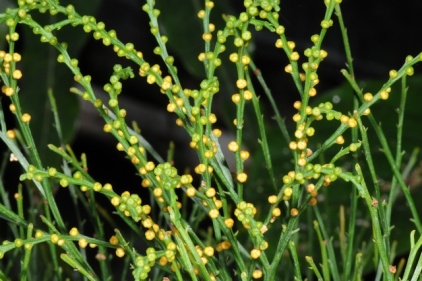
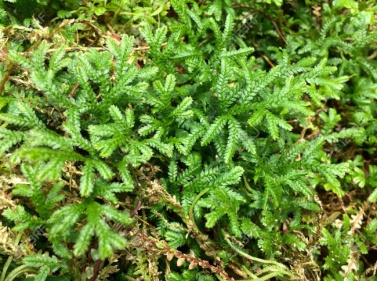
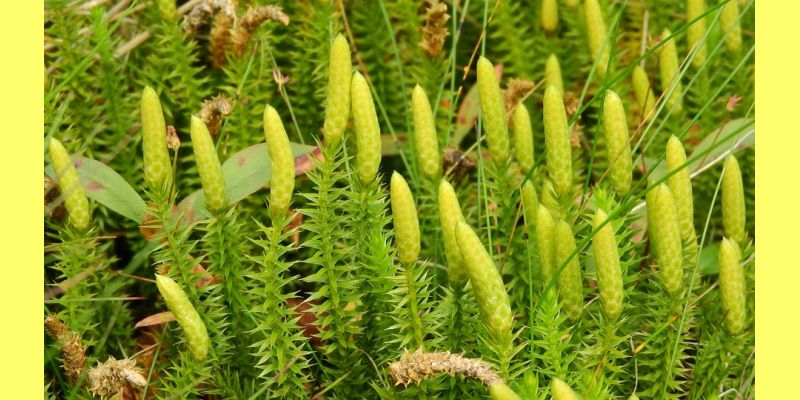
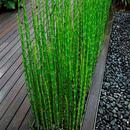
Psilotum Selaginella Lycopodium Equisetum
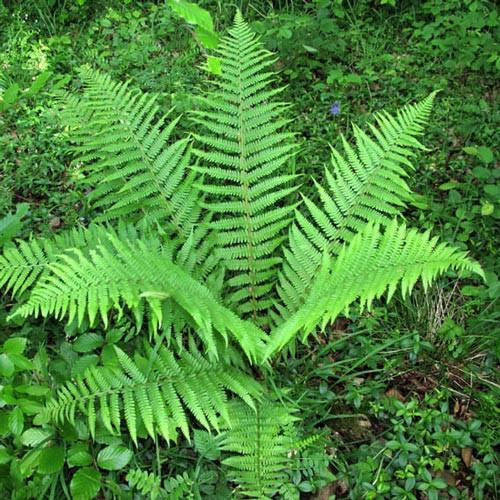
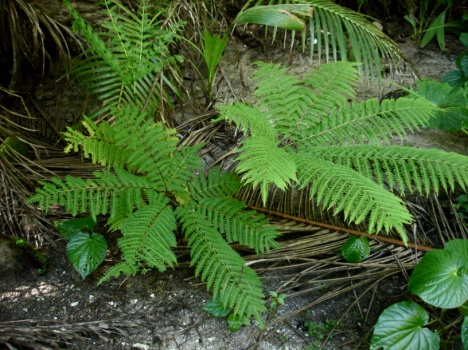
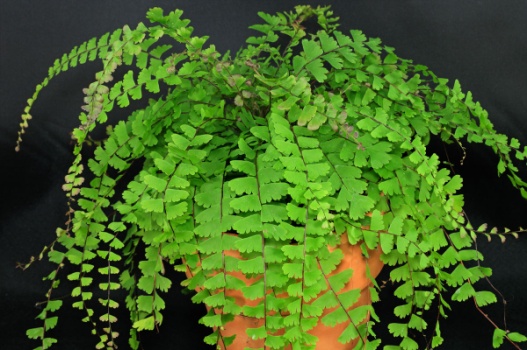
Dryopteris Pteris Adiantum
Habitat
The pteridophytes are usually seen in wet, damp and shady places. However, some species are also able to survive in sandy soils.
Reproduction
Unlike bryophyte, the dominant generation in the pteridophyte is a sporophyte. It is formed from a diploid zygote.
Sporophyte:
- The sporophyte body has well differentiated root, stem and leaves. They have a true vascular system capable of water and food conduction. The leaves may be small, called microphylls (like Selaginella) or may be large, called macrophylls (as in Ferns).
- Some leaf like appendages are also present in the sporophyte. They are called sporophylls, because their tip bears spore – producing structures called sporangia. In some species, the sporophyll appears as strobili or cones (Selaginella, Equisetum). The spores germinate to form a gametophyte.
- In most pteridophytes, the spores are similar. They are called homosporous.
- A very few species produce two kinds of spores (macro and micro spores). They are called heterosporous. Eg. Selaginella and Salvinia. Megaspores germinate into female gametophyte and the microspores germinate into male gametophytes.
Gametophyte:
- Spores germinate to give rise to a multicellular gametophyte. It is mosly photosynthetic thalooid form and is known as prothallus.
- They bear the sex organs. The male sex organ is antheridium, and the female sex organ is called archegonium.
- The gametes fuse to form a zygote. Development of the zygote occurs within the female gametophyte. It develops into a sporophyte.
Economic importance
- Pteridophytes are widely used for medicinal properties, and as soil – binders.
- They are frequently grown as ornamental plants.